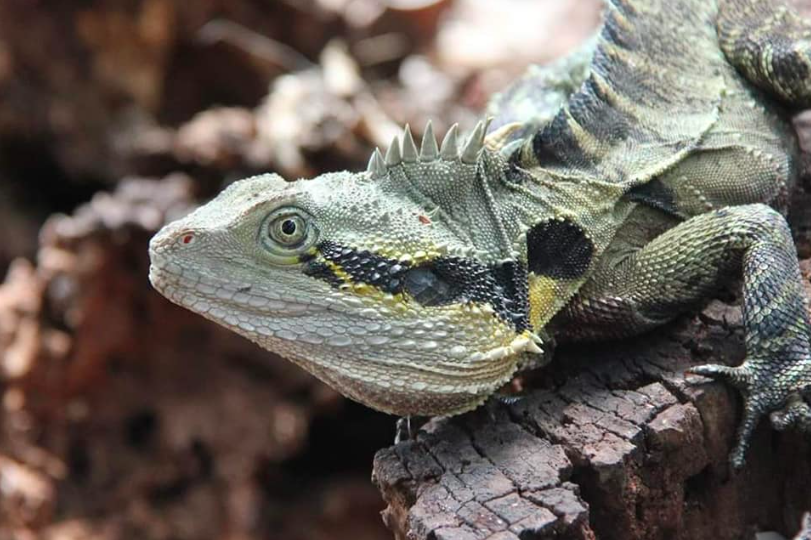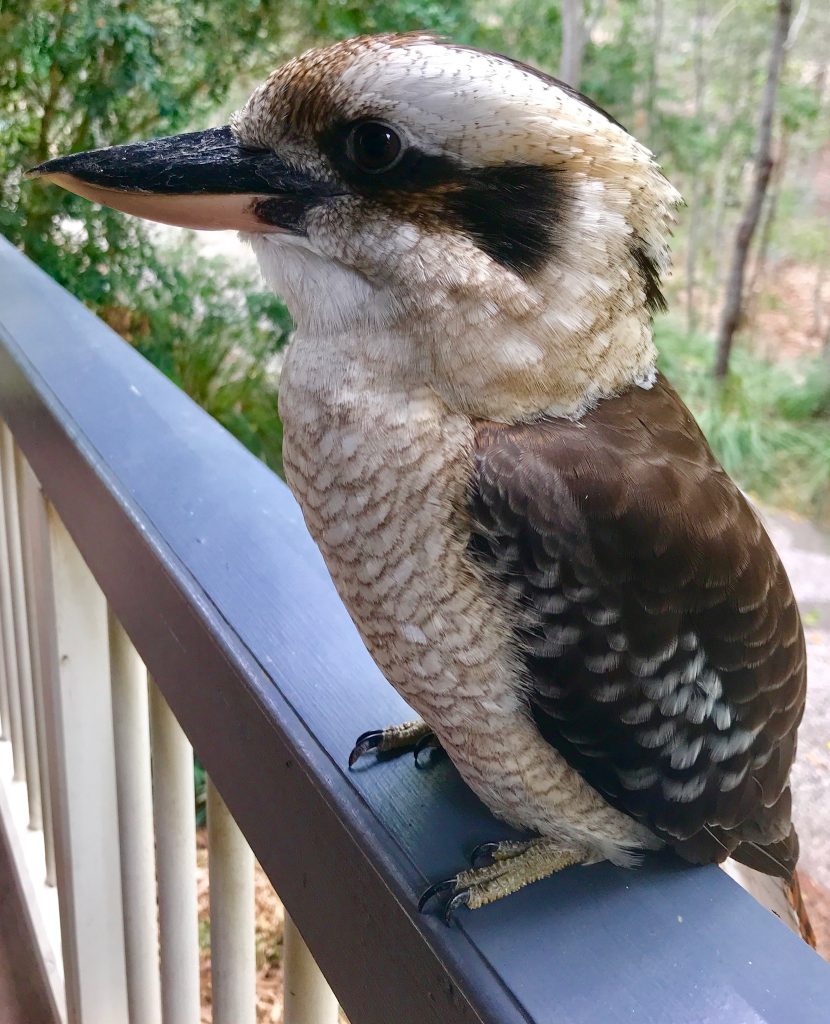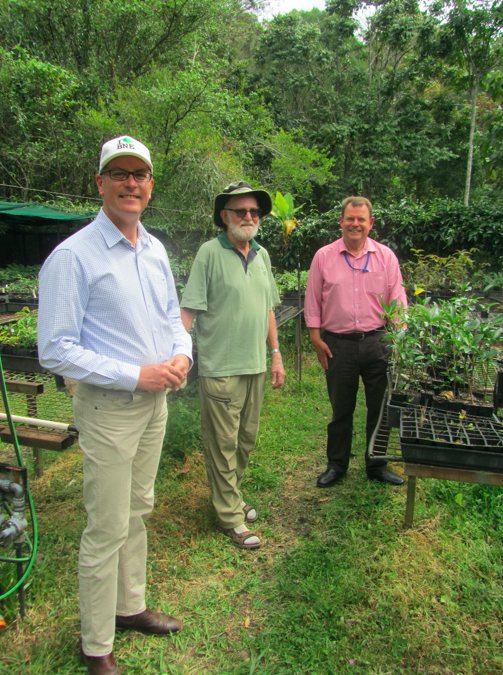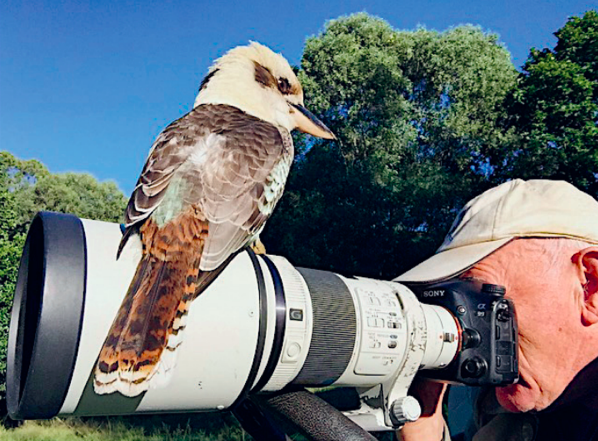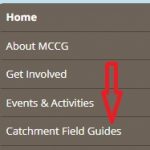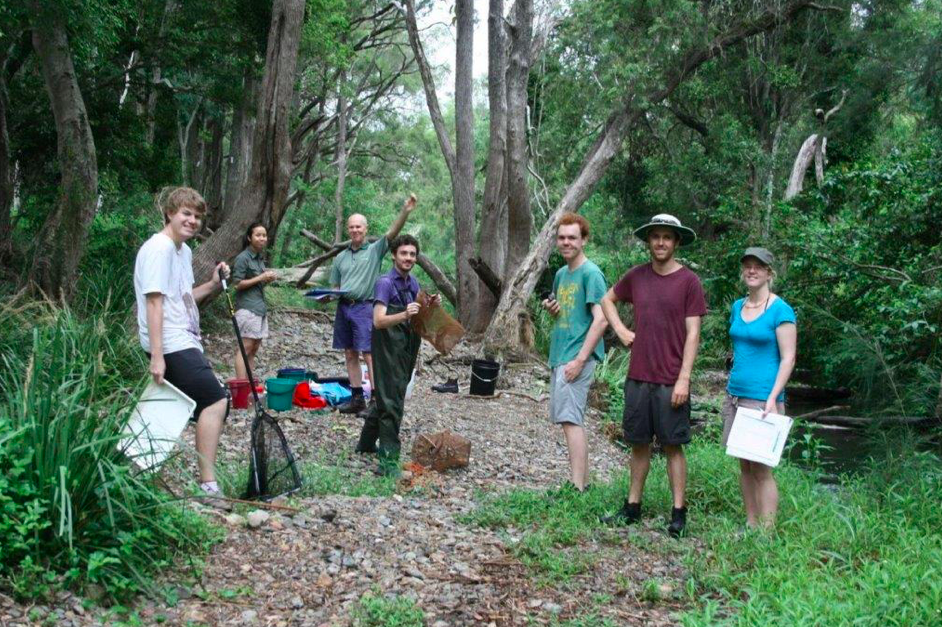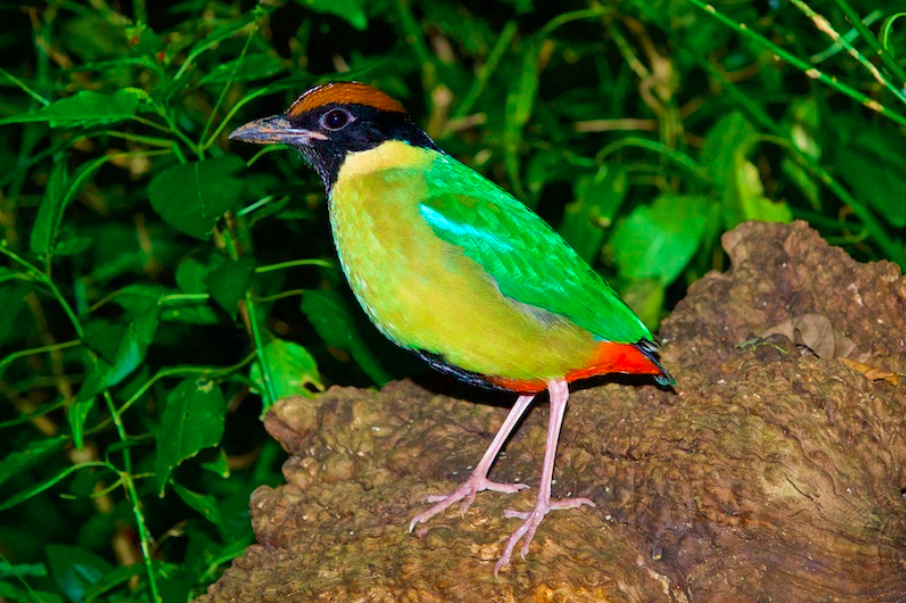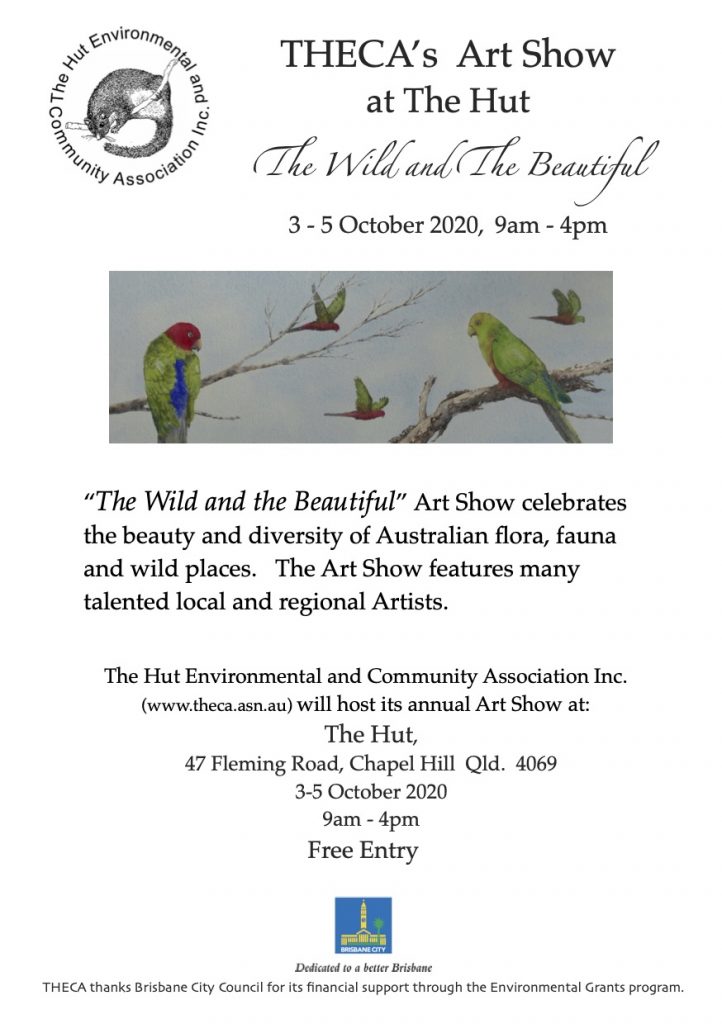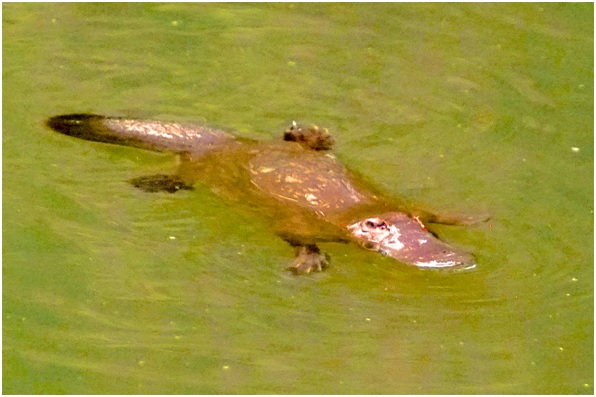Moggill Creek Catchment Group is holding its annual Photographic Competition Display in Kenmore Village Shopping Centre all of the coming week (Oct 19-25). Please drop in to view the entries, including the prize winners. You can also cast you vote for the ‘People’s Choice Award’.
